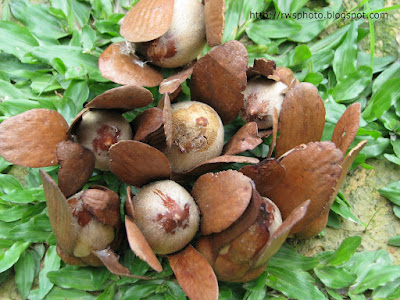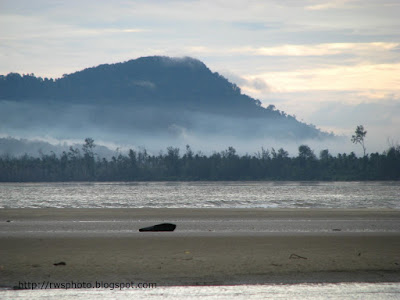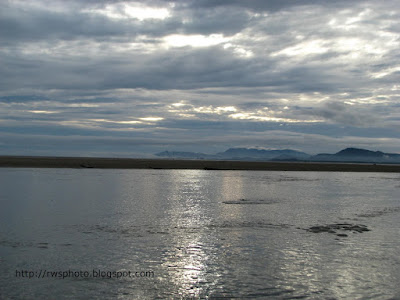Dimocarpus longan malesianus fruit bud
Up close photo of Dimocarpus longan malesianus fruit bud. The fruit bud is about the size of a matchstick head. Dimocarpus longan var. malesianus, locally known as Buah Mata Kuching, is a subspecies of longan that is better adapted to tropical conditions.
 Longan fruit is consumed fresh, dried, frozen and canned. Fresh fruit is consumed to reduce fevers, and the dried fruit as a cure for insomnia. Leaves contain quercetin, with antioxidant and antiviral properties, and are used in the treatment of allergies, cancer, diabetes and cardiovascular diseases. Crushed seeds produce foam, which is used as shampoo. The wood is used in the construction of furniture and other articles. The tree is also planted as an ornamental.
SEO: Euphoria longana, Euphoria longan, Nephelium longana, Nephelium longan, Buah Lengkeng, Buah Lenggeng, Mata Kucing
Longan fruit is consumed fresh, dried, frozen and canned. Fresh fruit is consumed to reduce fevers, and the dried fruit as a cure for insomnia. Leaves contain quercetin, with antioxidant and antiviral properties, and are used in the treatment of allergies, cancer, diabetes and cardiovascular diseases. Crushed seeds produce foam, which is used as shampoo. The wood is used in the construction of furniture and other articles. The tree is also planted as an ornamental.
SEO: Euphoria longana, Euphoria longan, Nephelium longana, Nephelium longan, Buah Lengkeng, Buah Lenggeng, Mata Kucing




















